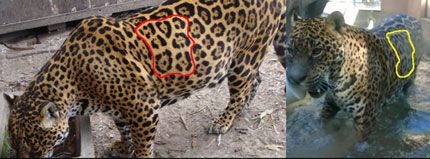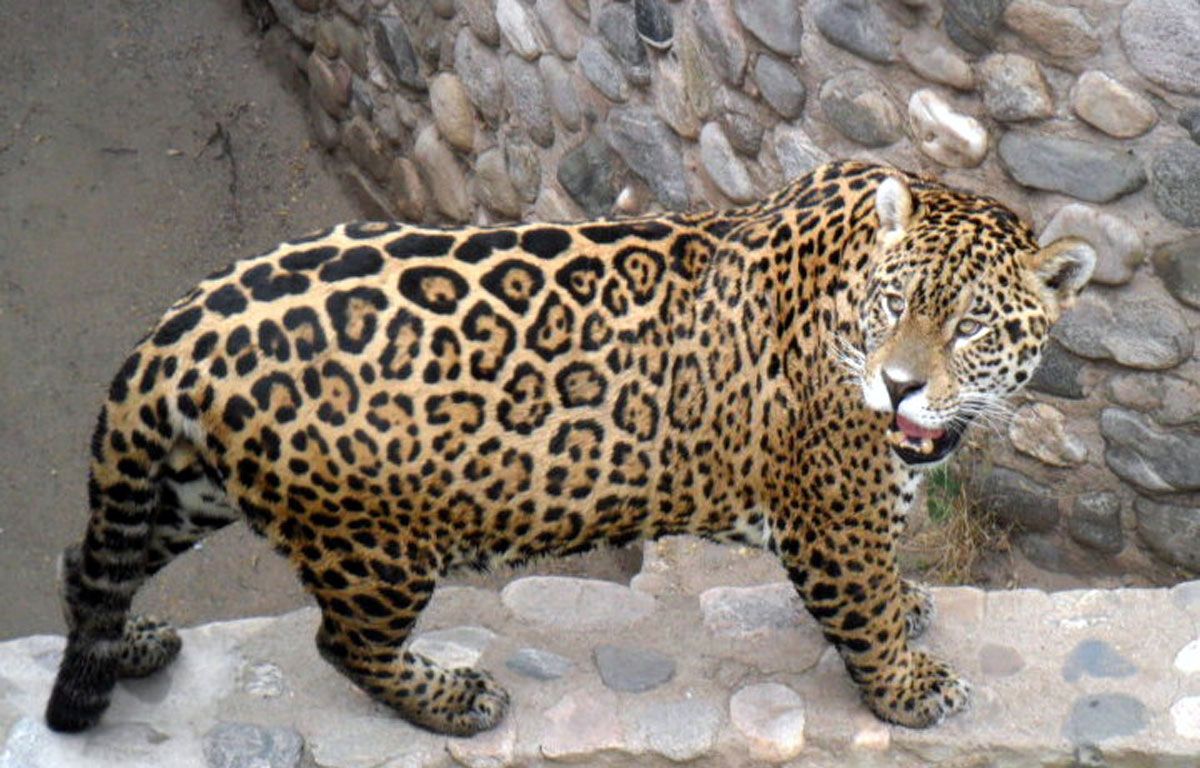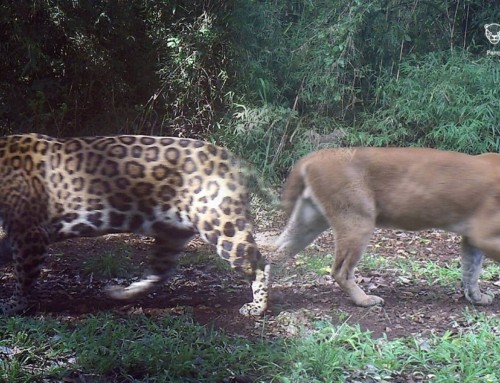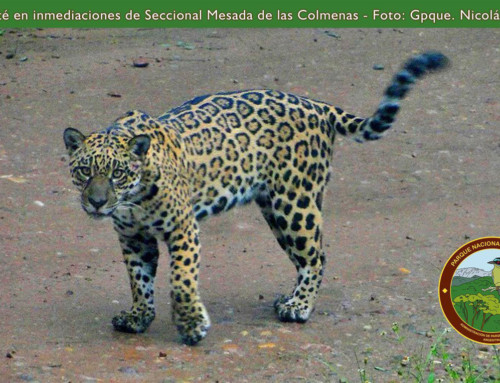We request reports on genetic studies of captive jaguars in Argentina.
In 2013 the Jaguar Network/Red Yaguareté proposed to the National Wildlife’s Office a to develop a management plan for captive Jaguars in zoos, with the aim of developing a population with potential for future reintroductions. But there is still no progress or official responses.
By an Information Request (Law 25,831 of free information access the Jaguar Network/Red Yaguareté requested the Secretary of Environment of the Nation, to report on the progress of the «Genetic characterization» of jaguars in captivity that it is being carrying out . The request is based on the fact that this study was proposed by the Jaguar Network/Red Yaguareté in 2013 and then of some coordinated actions, the Secretariat through the Wildlife Department appropriated the project, and the NGO ignores the progress.
The main objective of this study is to know the genetics of the about 30 captives jaguars in the country to order future crosses and kin, so as soon have individuals suitable for potential reintroductions or reinforcement of wild populations, such as the Genetic Management Subprogram of the Argentina Captive Jaguars Revalorization and Management Program (PReMYCA).

2015. Luna was moved from Florencio Varela Zoo (left photo.) to La Plata (right photo), to mate with Juan, from Batán Zoo. Despite public announcements in press that the new breeding pair is to repopulate the Iberá, no genetic or kingship studies were conducted.
The order, in addition to be interested in the progress -because there is no spontaneous communication from the authorities-, is based on the concern that different movement captive jaguars with alleged reintroduction purposes; one to Corrientes province, others to La Plata Zoo and more recently to Cordoba Zoo. All announced with great fanfare as «the saviors of the species.»
The Jaguar Network/Red Yaguareté knows well all these jaguars, we know about its origins and its kin and it is clear that reproducing movements have been done without seriously scientific basis and in several cases, there are relationships between these jaguars.
La caracterización genética va a permitir saber qué ejemplares pueden aparearse entre sí y cuales no, pero además, permitirá conocer si existen diferencias genéticas relevantes entre los yaguaretés de las yungas, el chaco y la selva misionera, (las tres poblaciones remanentes en la Argentina) algo muy importante si hablamos de reintroducción.
El pedido solicita:
1) Se nos envíe una copia del Proyecto de Caracterización Genética de Yaguaretés Cautivos en Argentina que está llevando adelante dicha Secretaria en colaboración con el Museo Argentino de Ciencias Naturales Bernardino Rivadavia.
2) Se nos indique el número de ejemplares que ya han sido analizados, su individualización y resultado de estudios, detallando: nombre e institución de procedencia de cada ejemplar.
3) Se nos indique el avance de los análisis realizados hasta el momento sobre el parentesco de los ejemplares a los que se hace referencia en el punto 3.
4) Se nos indique a que Grupo Genético de las Poblaciones Silvestres Argentinas corresponde cada uno de los ejemplares que ha sido analizado.
5) Se no envíe copias de los fundamento por los cuáles se asigna a cada ejemplar dentro de cada Grupo Genético de las Poblaciones Silvestres Argentinas.





